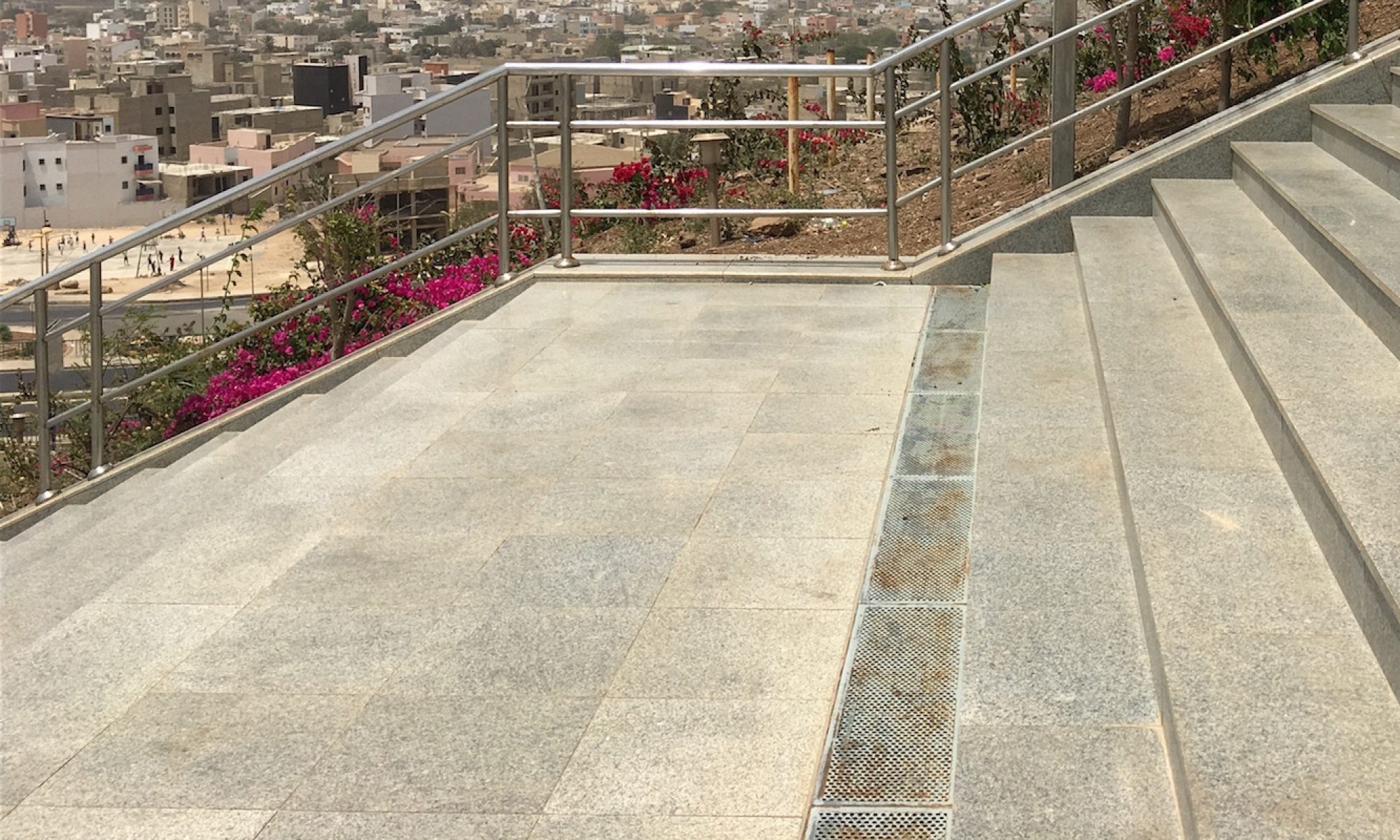An epigraph is defined as “a short quotation at the beginning of a book or chapter that is intended to suggest its theme”. The epigraph for INTD 105 is a quote from the short story we studied, Boodchild by Octavia Butler. It reads: “If we are not your animals, if these are adult things, accept the risk. There is risk, Gatoi, in dealing with a partner”. Within the context of “Bloodchild”, Gan is explaining the need for trust within their relationship. In my opinion, it is a very well-chosen apigraph for the Risks and Rewards of Academic Partnership. This quote has meant a lot to me this semester, as it opened my eyes to the risks and rewards of engaging in Geneseo’s academic and social communities. If one student fails to do their part, it can hinder the learning of those around them. On the other hand, if all students do what is expected of them, there is room for tremendous learning as a person and as a student body.
This spring semester, I took more general education courses than a typical biology major. I honestly had no idea what to expect from the semester. I expected a more holistic education style and one that was not so based on numbers and definitive answers. I honestly saw this as a risk to my education, I was scared of falling behind in my major. In all honesty, I believe that it was the best decision I could have made for my education. Major reward, Gan. I have decided that I enjoy classes based in humanities and writing more than I do in science. This semester has caused me to change my major. This would not have happened if I hadn’t taken the “risk” I saw this as before, which in turn became a huge reward.
What caused me to make this change? I would say that it was largely my experience in this class. While writing the paper on the Heating and Facilities Services especially, I realized that many of the interactions on campus can and should be handled and viewed in a different light. That sounds like a very bad thing to say, but I believe that a lot of people on campus take advantage of the work of the staff that does this work for the benefit of the students. The staff and the work they do for us on a continuous basis is not as recognized as it really should be. This paper changed my mindset completely. Interpersonal relationships are the main thing that creates the world around us, not science and not numbers. In complete transparency, I have worked harder on the relationships I have with the people in my life since constructing that essay. I am very thankful I had the chance to have that mindset change.
Another aspect of this course that struck me was the conversation with Sasha Eloi-Evans, who is the director of Multicultural Programs and Services at Geneseo. At one point, Dr. Eloi-Evans talked about social contracts, which are defined as “an implicit agreement among the members of a society to cooperate for social benefits”. We are all apart of a social contract, and it more or less defines our role in the community we are in. To connect back to my revelation with the relationship between students and Geneseo campus staff, the social contract would expect each of us to do our job to keep the campus running smoothly. Dr. Eloi-Evans brought up an example of a student not being able to eat because of a lack of money, and she was able to “bend” the contract so she could make sure the student was getting what they needed. This is significant to me, as it shows that social contracts are what you make of them. For example, as stated previously the social contract in Geneseo is that students do their academic work and the staff does their work around campus. That is just the basics of what the real relationship is, and we are not confined to the social contract.
Dr. Eloi-Evans’ conversation really pertained to my growth this semester. The conversation with her catapulted my already-changing viewpoint on relationships between others. We are not confined to our roles in life, and you also don’t know what is going on behind closed doors if you are not told. I really have gained perspective this semester on the importance of relationships with others, and it made me realize that someone is always there to lend a hand. I am proud of my change and I am extremely proud that I have taken this change and implemented it into my daily life. I believe it had made me a more kind and understanding person.
This coincides with Geneseo’s GLOBE outlook that students should be able to “gain practice in the ability to reflect upon changes in learning and outlook overtime” because I have changed and I have been prompted to reflect on those changes. I still may struggle sometimes with impatience or misunderstandings, but I have the ability now to reassess the situation and realize that I do not know the full story of someone else. This semester has been a reward of academic partnership with SUNY Geneseo, as it has allowed to open my mind to others and change my outlook on the relationship I engage in on a day-to-day basis.
